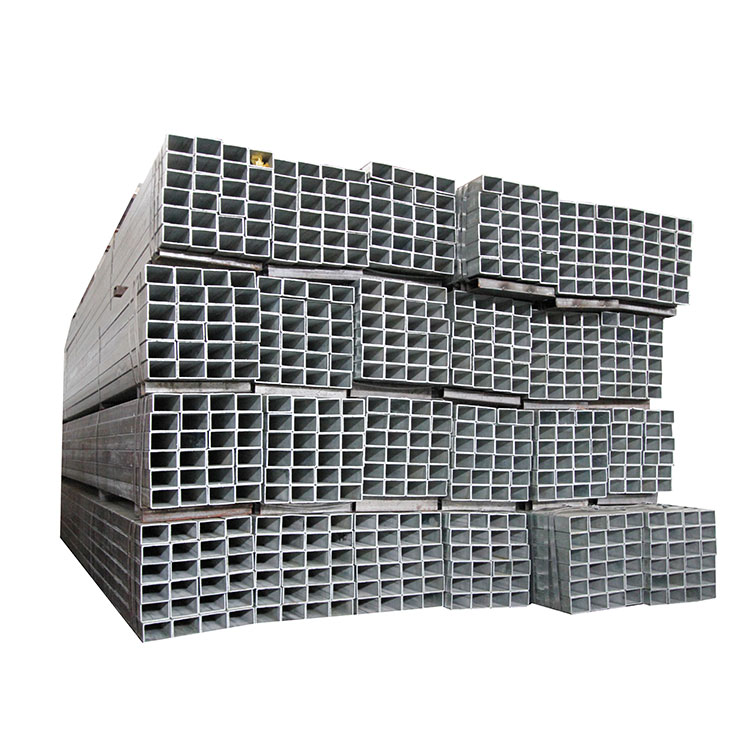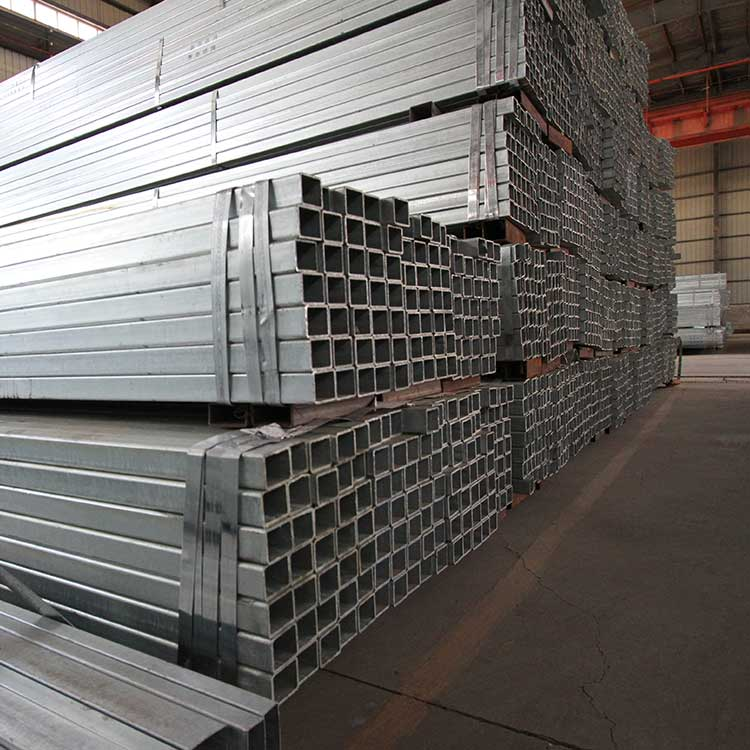Exploring Hot-dip Galvanized Square Pipe
Hot-dip galvanized square pipe is a remarkable product in the world of piping. It is produced by the hot-dip galvanizing method, where square steel pipes are immersed in molten zinc to form a protective and durable galvanized layer. This layer acts as a barrier against rust and other forms of corrosion, ensuring the long-term performance of the pipe.
These pipes are usually manufactured from welded square pipes that adhere to national standards. Once the galvanizing is complete, each finished hot-dip galvanized square pipe undergoes specialized anti-corrosion treatments to enhance its durability even further.
CREDIT

Common Specifications of Hot-dip Galvanized Square Pipe
Hot-dip galvanized square pipes come in a diverse range of specifications. Depending on the intended use, different sizes and thicknesses can be selected. Some typical specifications include a wall thickness from 6-20 mm and lengths between 6-12 meters.
Applications of Hot-dip Galvanized Square Pipe
The excellent properties of hot-dip galvanized square pipes make them highly applicable in numerous industries. In the construction realm, they are used for constructing staircases, railing systems, and curtain walls. In the telecommunications industry, they are employed for installing poles and cable supports.
Moreover, they are also used in the food processing industry for equipment and conveyor systems due to their hygienic and corrosion-resistant nature.

Advantages of Hot-dip Galvanized Square Pipe
The main advantages of hot-dip galvanized square pipes are their remarkable corrosion resistance and extended service life. They can maintain their structural integrity in challenging environments, reducing the need for costly repairs and replacements. Additionally, they possess good mechanical properties, allowing them to handle various loads and stresses encountered in different applications.

Quality Inspection Process of Hot-dip Galvanized Square Pipe
To guarantee the quality of hot-dip galvanized square pipes, a detailed quality inspection process is implemented. It begins with a rigorous examination of the raw materials to ensure they meet the set quality benchmarks. After the pipes are hot-dip galvanized, a series of tests are carried out. These involve evaluating the zinc layer's quality, inspecting the appearance for any flaws, taking accurate dimensional measurements, and conducting mechanical property assessments. Only products that successfully pass all these tests are considered ready for the market.
